Luxury Vinyl Flooring Sustainability: Embracing an Eco-Friendly Model
The concept of luxury vinyl flooring sustainability is transforming homes into bastions of eco-consciousness. As the wave of environmental responsibility reshapes the market, luxury vinyl flooring (LVF) stands at the forefront, offering a flooring solution that doesn't sacrifice elegance for eco-friendliness. This innovative flooring bridges the gap between luxury and sustainability, providing consumers with an option that is both aesthetically pleasing and kind to the planet.
With its incorporation of recycled materials, energy-efficient production methods, and impressive durability, LVF reduces the environmental footprint from the outset. For the discerning homeowner, LVF represents a harmonious blend of design versatility and sustainable living, ensuring that the choice of flooring reflects a commitment to both style and environmental stewardship.
Luxury Vinyl Flooring Sustainability Begins with Durability and Manufacturing
The journey of LVF towards sustainability begins with its inherent durability. Unlike traditional flooring that might require frequent replacements, LVF boasts a longer life due to its ability to resist wear and tear. This means less resource depletion and waste generation over time. Furthermore, the manufacturing of LVF reflects a commitment to the environment. The industry has seen a significant shift towards using recycled materials in the production process, thereby reducing the ecological footprint from the get-go. Many LVF manufacturers now follow strict standards that minimize energy consumption and harmful emissions during production, showcasing a proactive approach to environmental stewardship.
Moreover, the energy efficiency of LVF doesn't end at production. Once installed, it contributes to the thermal regulation of spaces, cutting down on energy costs associated with heating and cooling. This aspect not only benefits the homeowner's wallet but also the environment by reducing energy demand and greenhouse gas emissions.
Design with the Planet in Mind: Aesthetics and Performance
One might wonder if eco-friendly means a compromise on aesthetic value. LVF shatters this myth by offering a plethora of design choices. From mimicking the rustic charm of natural hardwood to embodying the elegance of stone or the boldness of modern abstract patterns, LVF caters to every taste while maintaining its sustainable core. Its versatility in design allows homeowners and designers to achieve their desired ambiance without straying from their eco-conscious values.
Performance-wise, LVF stands robust against challenges that would damage traditional flooring. Its waterproof nature makes it suitable for areas prone to spills and moisture, which has traditionally been a no-go zone for wood and laminate floors. The resilience of LVF means a longer lifespan, fewer replacements, and, consequently, a more sustainable living environment.
The eco-friendly narrative of LVF extends to its installation and maintenance. The click-lock installation method eliminates the need for toxic adhesives and glues, contributing to a safer and cleaner environment. Maintenance is equally green, with LVF requiring simple cleaning methods that do not necessitate harsh chemicals, ensuring the floor remains pristine and the household's ecological footprint minimal.
Health and Environmental Benefits: Indoor Air Quality and Recyclability
When it comes to health, LVF plays a crucial role in maintaining indoor air quality. Many LVF products are manufactured without the use of phthalates, which have been under scrutiny for their health impacts. Additionally, LVF's low volatile organic compound (VOC) emissions contribute to a healthier living environment, crucial for homes, schools, and healthcare facilities.
As LVF reaches the end of its use, its environmental responsibility continues. The recyclability of LVF is a vital feature, allowing the flooring to be repurposed into new products, which in turn reduces its impact on the environment. This circular approach to its lifecycle is a step forward in the flooring industry's journey towards sustainability.
To navigate the green claims of various flooring options, consumers can rely on certifications. Reputable standards such as FloorScore and the Global Recycle Standard serve as benchmarks for assessing the environmental and health impacts of LVF. These certifications are a consumer's assurance that the product they are choosing does not compromise on ecological integrity.
Explore Luxury Vinyl Flooring Sustainability with Scharm Floor Covering
Luxury vinyl flooring represents a commitment to a more sustainable future without sacrificing the comfort and style of the modern home. It is a flooring choice that aligns with the ethos of environmental care, providing a durable, aesthetically pleasing, and eco-friendly foundation for any space.
As the flooring industry continues to innovate, LVF remains a frontrunner, demonstrating that luxury and sustainability can indeed go hand in hand. Choosing LVF means making a decision that not only elevates your space but also contributes positively to the health of our planet. To find the right luxury vinyl flooring for your living space, contact the Chicagoland specialists at Scharm Floor Covering.
